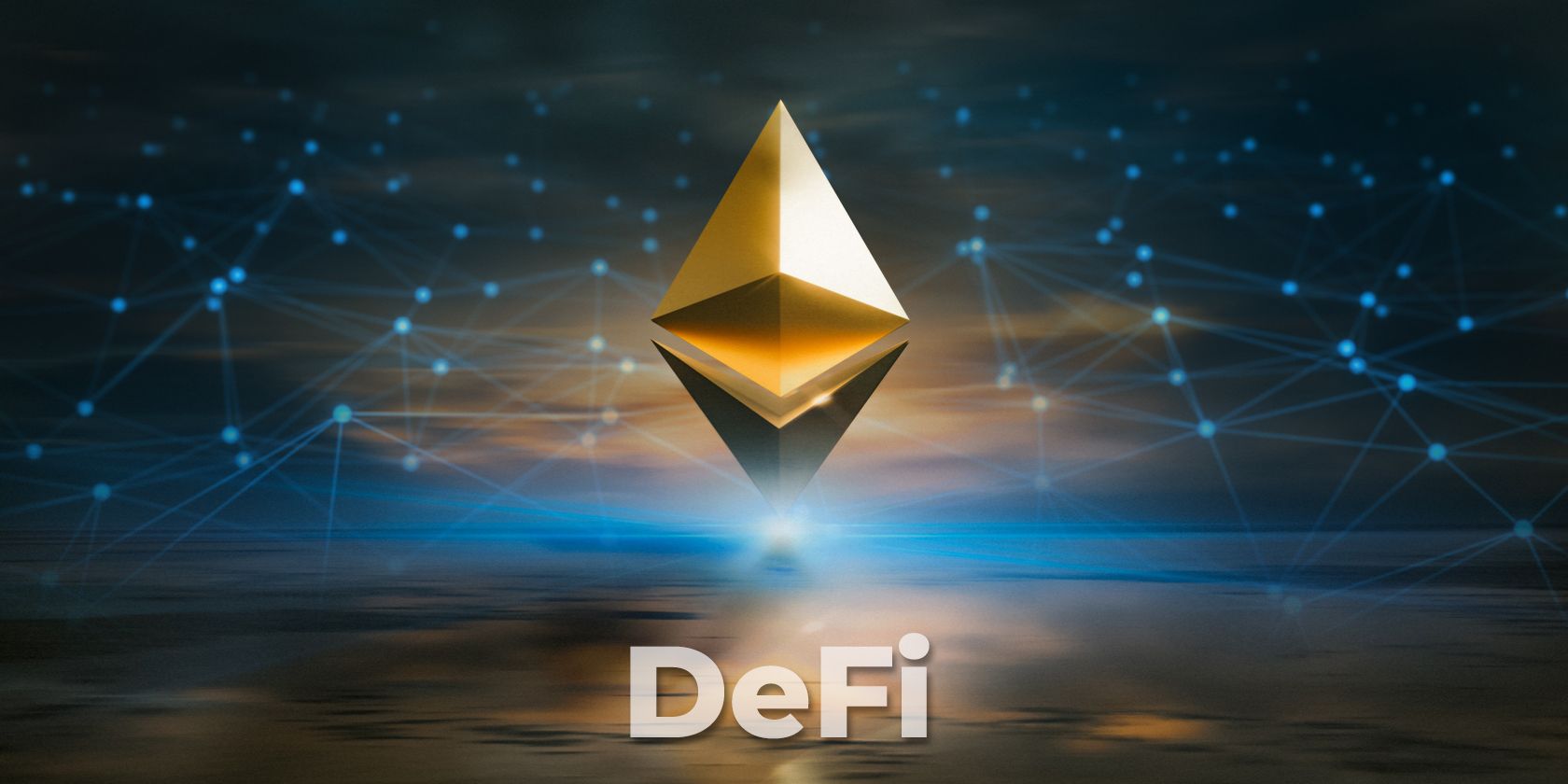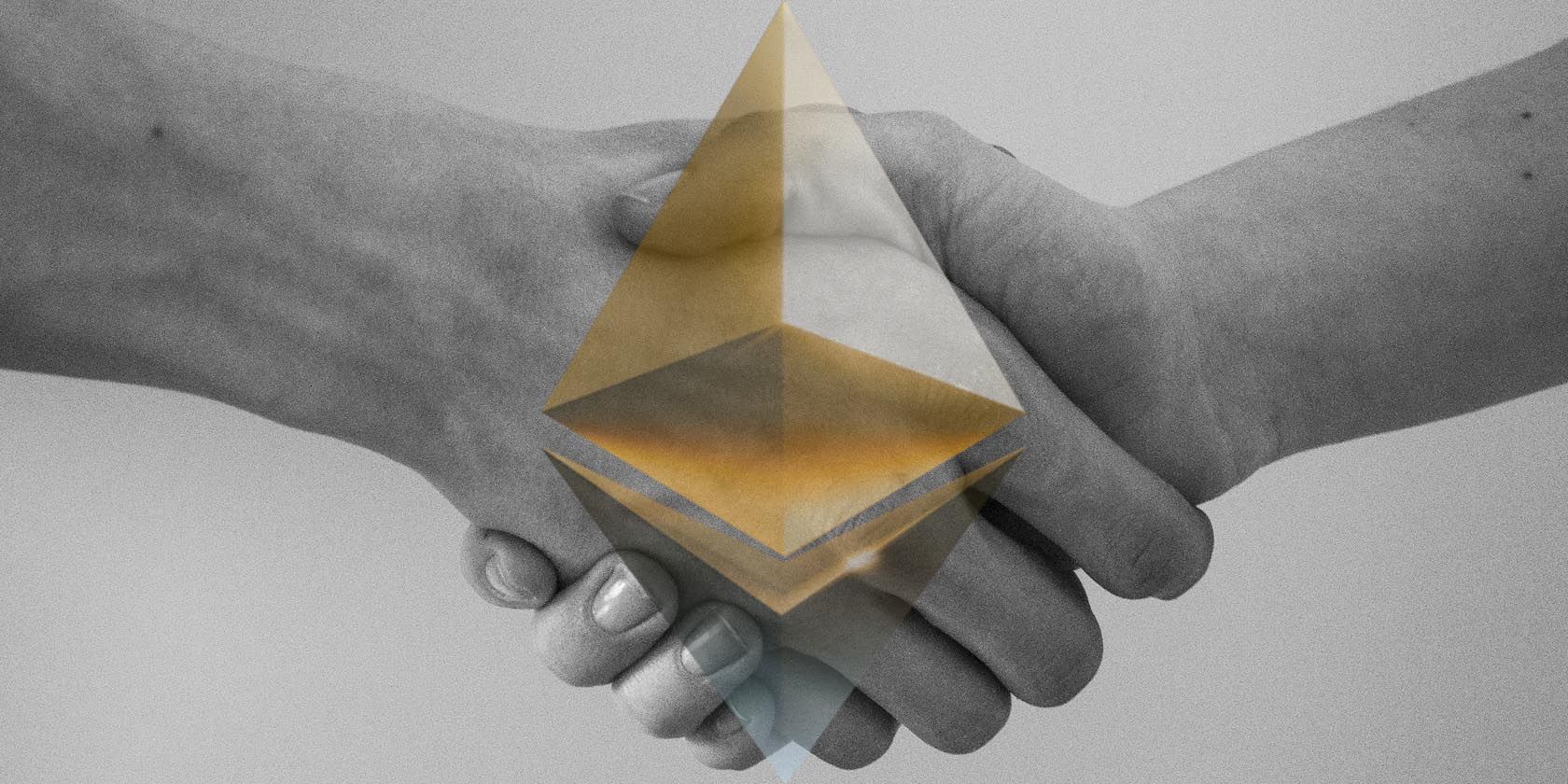Although it started in the US, the entire world economy felt the impact of the financial crisis of 2008. It birthed the Occupy Wall Street movement and Bitcoin just a year later. Both the cryptocurrency and the social movement were reactions to the excesses of centralized finance (CeFi).
After Bitcoin, it took six years for another blockchain to emerge: Ethereum, which paved the road for what we know today as decentralized finance (DeFi).
So, what is decentralized finance, and how does DeFi work? Read on to find out why the bailed-out banks talk of DeFi as more dangerous than Bitcoin...
Decentralized Finance (DeFi) in a Nutshell
If there is no trust, how can trading parties ensure the other one will hold up their end of the bargain?
By paying arbitrators or enforcers as a cost of doing business. However, what happens if that arbitrator is bought off? Then, the only remedy remaining is that it is in the arbitrator’s interest to safeguard their reputation.
Therefore, in the best-case scenario, trading parties have to pay fees, and in the worst case, one party is damaged by corruption. DeFi eliminates both scenarios through the use of trustless smart contracts. However, not all blockchains have them. For example, Bitcoin’s blockchain was developed for the sole purpose of delivering deflationary cryptocurrency.
More generalist blockchains, like Ethereum, Cardano, or Algorand, are programmable blockchains. Meaning, developers can codify any contract that exists in the real world as a smart contract and place it within data blocks. They are smart because they auto-execute when pre-programmed conditions are met, and they are decentralized because there are no overseers in play.
How Do Smart Contracts Work?
Also called decentralized applications (dApps), smart contracts codify and execute any logic that can be thought of. This logic can be legally binding or for business purposes. For example, exchanging one currency for the other, processing transactions, establishing property titles, tracking products, digitizing (tokenize) real-world assets (NFTs), etc.
Now, what truly gives smart contracts/dApps their power is blockchain. If you’ve ever played an RPG game, you will have noticed they have some kind of economy. When you trade something in them, either between human players or NPCs, a program executes that trade without a mediator. Technically, this is a smart contract.
However, a hacker could easily corrupt that game to skew the trade or steal the in-game funds entirely.
This is virtually impossible for dApps, as they are stored within the blockchain. Every time a record is made, i.e., a smart contract is executed, this record is synced up across the entire blockchain network. Therefore, for that record to be falsified, one would have to control more than 50% of the network first.
Automated Market Makers As the Most Popular DeFi dApps
In centralized finance, market makers, such as Nasdaq, Citadel Securities, or NYSE, are critical for stock and forex markets to function. If you want to buy an asset for a certain price, there has to be someone on the other end to sell it, and vice-versa. Without market makers, it would be extremely difficult to do so without heavy delays.
Correspondingly, market makers introduce liquidity into the markets by covering both ‘asks’ and ‘bids.’ For example, if you want to sell 50 Tesla (TSLA) stocks, a market maker would buy it for you even if there is no seller available at the moment. This way, market makers ensure that investors can exit and enter the market when they want, taking advantage of the asset’s price moves.
In decentralized finance, automated market makers (AMMs) fulfill the same role. Instead of centralized exchanges like Nasdaq, a decentralized exchange (DEX) employs AMMs to introduce market liquidity. This is possible thanks to liquidity pools and liquidity providers.
Liquidity Pools + Liquidity Providers = Yield Farming
For a cryptocurrency pair to be tradeable, there has to be a token reserve so that there are no delays. This reserve is the liquidity pool. Let’s say that someone wants to exchange the DAI stablecoin for ETH or vice-versa. For that exchange to be possible, liquidity providers lock in their crypto assets in the DAI/ETH liquidity pool.
For their service as liquidity providers (LPs), they gain a reward—an interest rate—which depends on the amount of staked crypto assets and the demand for the token pair. Therefore, liquidity providers are known as yield farmers, and providing liquidity on a decentralized exchange is known as is yield farming. The same principle works for borrowing and lending as well.
The most popular yield farming DeFi dApps are the following:
- Aave—lending
- Compound—lending
- Maker—lending
- Uniswap—DEX
- PancakeSwap—DEX
Almost all DeFi dApps are hosted by Ethereum, while PancakeSwap is hosted by Binance Smart Chain. The latter gained popularity by providing faster transaction speeds and lower fees, commonly called ‘gas fees.’ Altogether, crypto-assets locked in the DeFi ecosystem have grown enormously since last summer, to the current $80.42 billion TVL (total value locked).
Other Types of DeFi dApps and How To Begin
Yield farming can be gamified just like any other activity. This is best exemplified by Axie Infinity, an extremely successful blockchain game in which one can farm Small Love Potions (SLP) and NFTs. Then, you can turn them into a passive income source. Since the beginning of 2021, Axie’s revenue has increased by over 6000%!
For the best overview of available dApps, visit dappradar. You will quickly notice that for most transactions, you require ETH or BNB tokens. Of course, to get them, you first have to buy them with fiat money.
The easiest way to link with dApps and fill up your funds is to install the MetaMask wallet, available for all major platforms. With MetaMask wallet installed and integrated within your web browser, every time you visit a dApp site, it will automatically try to connect you with a DeFi protocol. Then, it’s up to you to decide which token pair to pick for yield farming.
Whichever one you choose, your interest rate will likely be much higher than you could ever gain on a bank’s savings account. However, just like a regular stocks and shares interest account, your investments may fall, and you may not recover the funds you put into the DeFi dApp to being with.



